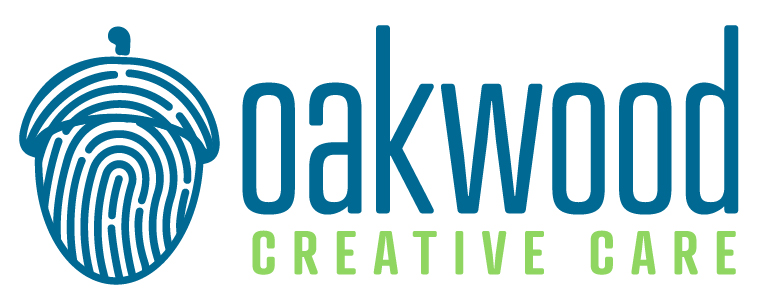Receiving a Parkinson’s disease diagnosis can be overwhelming and daunting, both for those diagnosed and their caregivers. The first year is crucial to establish a supportive care plan and take proactive steps to manage symptoms and maintain quality of life. Here’s a playbook written by Dr. Lauren Braley, a Board-Certified Clinical Specialist in Neurologic Physical Therapy, to help you navigate this journey.
1. Understand Your Diagnosis
Take the time to learn about Parkinson’s disease. Understanding its progression, symptoms, and treatment options can empower you and your caregivers to make informed decisions. Resources like the Parkinson’s Foundation and the Michael J. Fox Foundation offer valuable information and support.
2. Build Your Healthcare Team
Assemble a team of healthcare professionals who specialize in Parkinson’s disease. This team typically includes a neurologist, primary care physician, neurophysical therapist, occupational therapist, speech therapist, and possibly a mental health professional. Regular appointments and open communication with your team are essential.
Bonus tip: Be sure to ask if the neurologist is a movement specialist!
3. Physical Therapy Evaluation: LSVT BIG
One of the most effective treatments for managing Parkinson’s disease symptoms is the LSVT BIG program. LSVT BIG is an intensive, research-based physical therapy approach designed to improve movement and quality of life. Undergoing a physical therapy evaluation specifically for LSVT BIG can help you develop a personalized exercise plan that addresses your unique needs and goals.
Bonus tip: LSVT BIG is typically delivered 4x a week for four weeks, and It’s recommended to go through this program at least once a year. You can also check out LSVT LOUD for speech therapy to improve voice quality.
4. Medication Management
Work with your movement specialist neurologist to determine the most effective medication regimen. Medications can help manage symptoms, but finding the right combination and dosages may take some time. Keep a detailed record of how medications affect you and report any side effects to your doctor.
5. Focus on Nutrition
A balanced diet can support overall health and brain well-being. While there is no specific diet for Parkinson’s, staying hydrated and eating various nutrient-rich foods can help manage symptoms. Consult a dietitian if you need guidance on dietary choices.
6. Exercise Regularly
Exercise is a powerful tool for managing Parkinson’s symptoms. Walking, swimming, yoga, and tai chi can improve flexibility, balance, and strength. Incorporate regular exercise into your routine and consider joining a local exercise class for people with Parkinson’s.
Bonus tip: Aim for at least 30 minutes a day, five times a week, as exercise has been shown to slow the disease progression.
7. Seek Support
Emotional and psychological support is vital for both patients and caregivers. Consider joining a support group where you can share experiences, learn from others, and gain emotional support. Online communities can also provide valuable connections and resources.
8. Plan for the Future
Early planning can alleviate stress and ensure that your wishes are respected. Discuss legal and financial matters, such as power of attorney and advance directives, with your loved ones and an attorney. Having these plans in place provides peace of mind.
9. Stay Positive and Adaptable
Living with Parkinson’s disease requires resilience and adaptability. Focus on what you can control and celebrate small victories. Staying positive and maintaining a sense of humor can make a significant difference in your outlook and overall well-being.
10. Educate and Advocate
Educate yourself and others about Parkinson’s disease. Advocacy can bring about positive changes in healthcare policies and increase awareness. Participate in events and initiatives that support Parkinson’s research and patient care.
The first year after a Parkinson’s disease diagnosis is a time of adjustment and learning. By taking proactive steps, building a supportive healthcare team, and engaging in therapies like LSVT BIG, you can manage symptoms effectively and maintain a high quality of life. Remember, you are not alone—support and resources are available to help you every step of the way!
Did You Know?
Oakwood Creative Care is bringing back the JOY in aging! We believe a diagnosis should not have to define your life. Instead, we have devoted our mission to reigniting hope for caregivers and older adults with Alzheimer’s, dementia, and other age-related challenges. Click the button below to learn more about how we do this through our research-based, cutting-edge, creative care model found at each of our Day Clubs.




